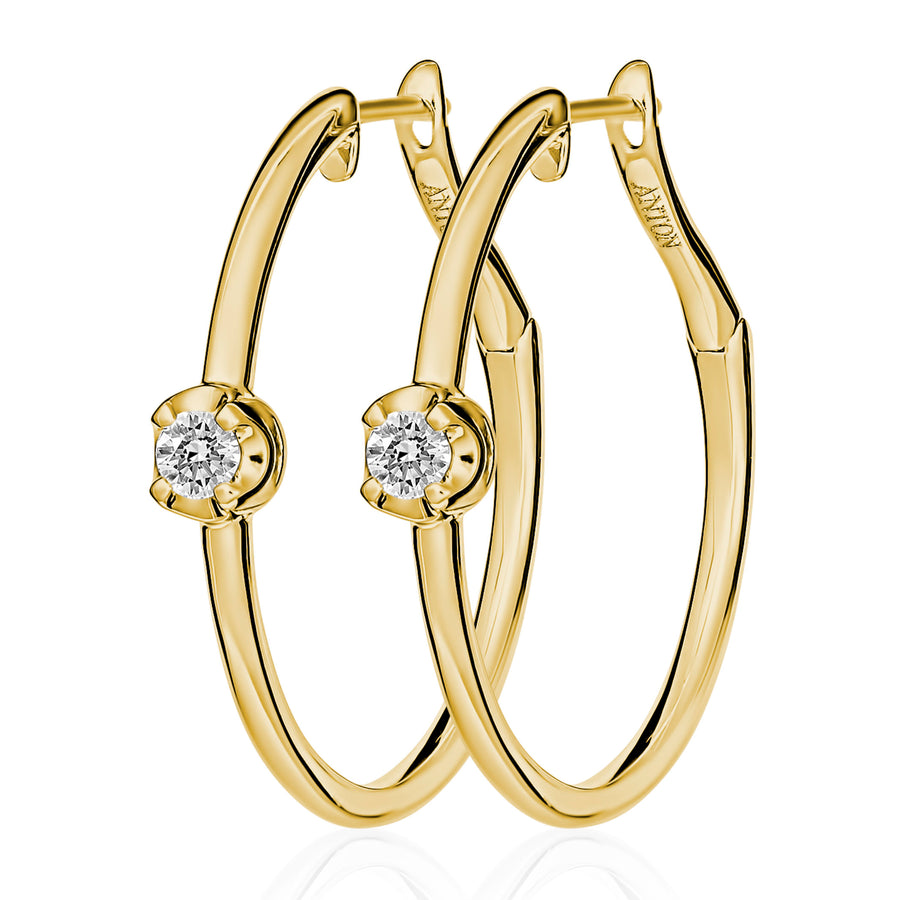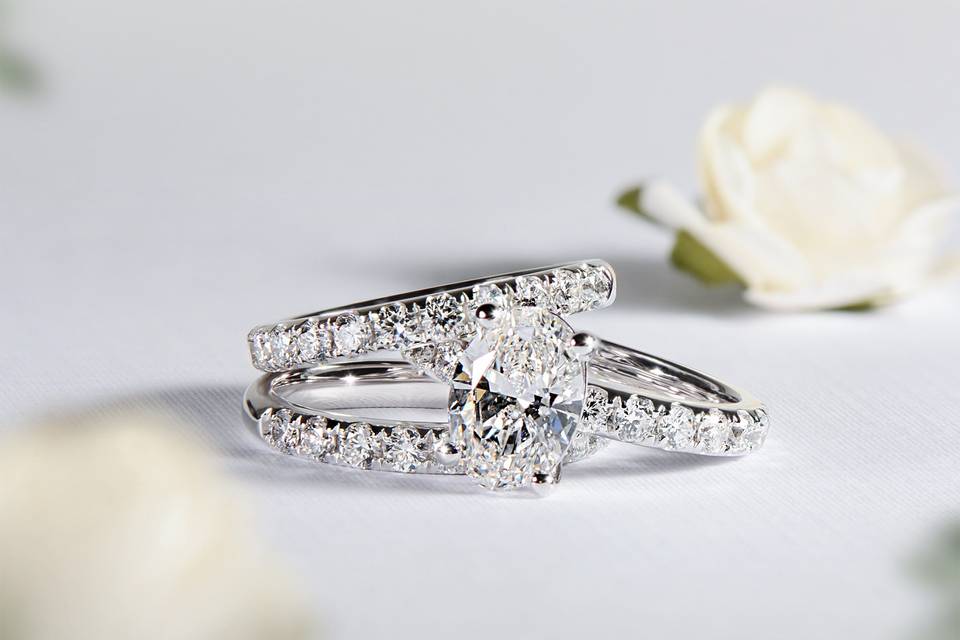When it comes to choosing a diamond for an engagement ring, pendant, or any other piece of jewelry, the decision is often complicated by the ongoing debate: lab grown diamond vs real diamond. Both types of diamonds share the same chemical composition, structure, and appearance, yet they differ in their origin, environmental impact, cost, and perception in society. In this article, we’ll dive deeper into the comparisons between lab grown diamonds and real diamonds, helping you make an informed decision when buying one.
What Are Lab Grown Diamonds?
Lab grown diamonds, also known as man-made diamonds or synthetic diamonds, are created in controlled laboratory environments. Unlike real diamonds, which are formed under extreme natural conditions over millions of years, lab grown diamonds are created using two advanced methods: High Pressure High Temperature (HPHT) and Chemical Vapor Deposition (CVD). These processes simulate the conditions found deep within the Earth’s crust, resulting in diamonds that are chemically and physically identical to those formed in nature. Lab grown diamonds have gained significant popularity in recent years due to their affordability and ethical appeal.
What Makes Real Diamonds Different?
Real diamonds, also referred to as natural diamonds, are formed over millions of years under intense heat and pressure deep within the Earth’s mantle. This process occurs naturally, and real diamonds are extracted from mines, often involving complex and labor-intensive methods. Natural diamonds are rare, which is one reason they have historically commanded high prices. The key difference between real diamonds and lab grown diamonds is their origin: one is a product of nature, and the other is a result of human innovation.
Lab Grown Diamond vs Real Diamond: The Cost Comparison
One of the most significant advantages of lab grown diamonds over real diamonds is their price. Since lab grown diamonds are created in a lab rather than mined from the Earth, their production cost is much lower. This means that consumers can get a larger, higher-quality diamond for a fraction of the price of a natural diamond. Lab grown diamonds typically cost 20% to 40% less than real diamonds of the same size, cut, and clarity. This makes them an attractive option for those who want a diamond but are looking to stay within a budget.
On the other hand, real diamonds tend to be more expensive due to the scarcity of natural diamonds and the high cost of mining operations. Furthermore, real diamonds are often priced based on their rarity, with larger stones or those with rare qualities such as perfect color and clarity commanding premium prices. While you may pay more for a real diamond, its perceived value, rarity, and timeless appeal can justify the higher cost for some buyers.
Lab Grown Diamonds Are Eco-Friendly
In the lab grown diamond vs real diamond debate, one of the strongest arguments in favor of lab grown diamonds is their environmental impact. Mining natural diamonds can have significant ecological consequences, including deforestation, soil erosion, and water contamination. Additionally, diamond mining can contribute to human rights abuses in some parts of the world, particularly in conflict zones where “blood diamonds” are sourced.
Lab grown diamonds, however, have a much smaller environmental footprint. The energy required to produce them is less harmful compared to the destructive practices of diamond mining. Moreover, many lab grown diamonds are now made using renewable energy sources, further reducing their carbon footprint. Consumers who prioritize sustainability and ethical sourcing will likely find lab grown diamonds to be a better option.
Quality: Lab Grown Diamond vs Real Diamond
In terms of quality, lab grown diamonds and real diamonds are indistinguishable to the naked eye. Both diamonds share the same chemical composition, crystal structure, and optical properties, meaning that a lab grown diamond will look just as stunning as a real diamond. Whether you are considering a round, princess, or emerald cut, the brilliance, fire, and scintillation of both types of diamonds are nearly identical.
However, there may be slight differences in how lab grown diamonds and natural diamonds are graded. Lab grown diamonds may sometimes have fewer inclusions, making them appear slightly clearer, though this doesn’t necessarily make them superior. Real diamonds, with their natural inclusions, can sometimes have a unique character that adds to their charm. Regardless of whether you choose a lab grown or real diamond, both will shine beautifully in your jewelry.
The Perception of Lab Grown vs Real Diamonds
One of the most significant differences between lab grown diamonds and real diamonds is the perception associated with them. Real diamonds have long been associated with luxury, prestige, and timelessness. Many people still view natural diamonds as the ultimate symbol of commitment, especially in the context of engagement rings. They carry a certain historical weight and rarity that lab grown diamonds have yet to match.
Lab grown diamonds, though chemically identical, do not have the same societal cachet as real diamonds. Some people view them as less valuable or authentic, even though their quality is equal to that of mined diamonds. Over time, however, lab grown diamonds have gained more acceptance, especially as awareness about their ethical and environmental benefits has spread. Many buyers now choose lab grown diamonds for the opportunity to have a high-quality diamond while minimizing the impact on the planet.
The Future of Lab Grown and Real Diamonds
As technology improves and consumers become more aware of the environmental and ethical implications of their purchases, lab grown diamonds are expected to continue gaining traction. While real diamonds will always have their place in the market, lab grown diamonds are reshaping the industry. They offer an attractive alternative for those who want a beautiful, affordable, and sustainable diamond.
In the coming years, it’s likely that lab grown diamonds will become even more popular and may eventually command a larger share of the diamond market. This shift could lead to changes in how diamonds are viewed and valued, with lab grown diamonds emerging as a mainstream choice. However, real diamonds will always hold a special place due to their rarity and timeless appeal.
Conclusion: Lab Grown Diamond vs Real Diamond
The debate between lab grown diamonds and real diamonds is not a simple one. Both types of diamonds have their merits, and the right choice depends on what is most important to the buyer. Lab grown diamonds offer an eco-friendly, cost-effective, and ethically sourced option, while real diamonds retain their value, rarity, and prestige. Whether you choose a lab grown diamond or a natural diamond, both will provide the brilliance and beauty that make diamonds so special. Ultimately, the decision comes down to personal preference and the values that resonate most with you.













